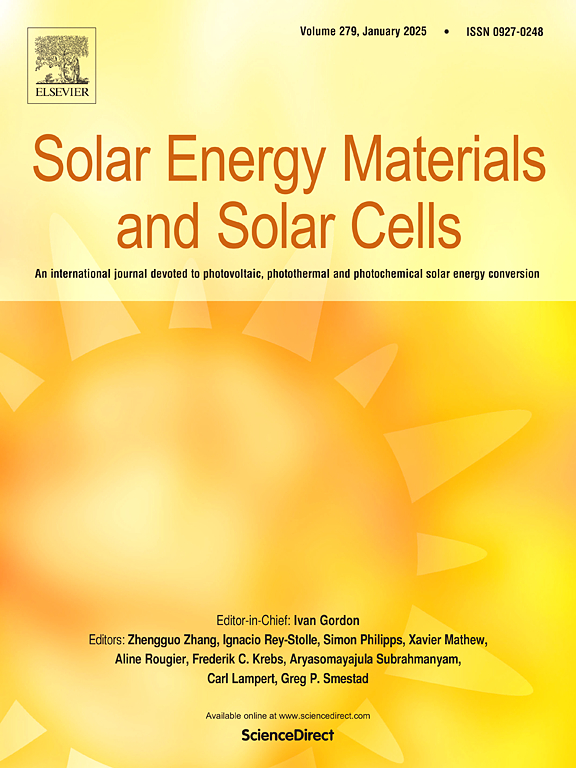高精度机器学习预测不同多组分熔盐的潜热
IF 6.3
2区 材料科学
Q2 ENERGY & FUELS
引用次数: 0
摘要
相变材料中的熔盐具有显著的优势,包括高储热密度、宽工作温度范围和低成本。然而,新型高潜热熔盐的开发在很大程度上仍然是经验的。机器学习提供了加速理论进步和实现精确、经济高效的性能预测的潜力。尽管如此,熔盐的多样性使机器学习模型的准确性和泛化性变得复杂。本研究提出了一种集成数据分析和机器学习的新型潜热预测方法。系统分析了包含各种无机盐的综合数据集,以提取影响潜热的关键特征。随后,将反向传播神经网络(BPNN)与粒子群优化(PSO)相结合,构建了预测模型。PSO-BPNN模型预测精度较高,二元和三元熔盐的R2分别为0.9389和0.9413,实验验证预测误差在10%以内。该方法建立了一个高精度、可扩展的多组分熔盐潜热预测框架,从而推进了具有定制热性能的熔盐设计,并为预测其他热物理特性提供了有价值的参考。本文章由计算机程序翻译,如有差异,请以英文原文为准。
High-precision machine learning for predicting latent heat in diverse multicomponent molten salts
Molten salts in phase change materials offer significant advantages, including high thermal storage density, a wide operational temperature range, and low cost. However, the development of novel high-latent-heat molten salts remains largely empirical. Machine learning offers the potential to expedite theoretical advancements and enable precise, cost-efficient performance predictions. Nonetheless, the diversity of molten salt s complicates the accuracy and generalizability of machine learning models. This study proposes a novel latent heat prediction methodology that integrates data analysis and machine learning. A comprehensive dataset encompassing various inorganic salts was systematically analyzed to extract key features influencing latent heat. Subsequently, a predictive model was constructed by combining a backpropagation neural network (BPNN) with particle swarm optimization (PSO). The PSO-BPNN model demonstrated high predictive accuracy, achieving R2 values of 0.9389 and 0.9413 for binary and ternary molten salts, respectively, with experimental validation indicating prediction errors within 10 %. This approach establishes a high-precision, scalable framework for predicting the latent heat of multicomponent molten salts, thereby advancing the design of salts with tailored thermal properties and offering a valuable reference for predicting other thermophysical characteristics.
求助全文
通过发布文献求助,成功后即可免费获取论文全文。
去求助
来源期刊

Solar Energy Materials and Solar Cells
工程技术-材料科学:综合
CiteScore
12.60
自引率
11.60%
发文量
513
审稿时长
47 days
期刊介绍:
Solar Energy Materials & Solar Cells is intended as a vehicle for the dissemination of research results on materials science and technology related to photovoltaic, photothermal and photoelectrochemical solar energy conversion. Materials science is taken in the broadest possible sense and encompasses physics, chemistry, optics, materials fabrication and analysis for all types of materials.
 求助内容:
求助内容: 应助结果提醒方式:
应助结果提醒方式:


